- Learning time
- 20 minutes
- First play time
- 80 minutes
Photosynthesis
Designed by: Hjalmar Hach
Photosynthesis takes place in a forest over a number of years, where the players’ goal is to fulfill the cycle of life on as many trees as they can, from seed to sapling to maturity.
The board shows the forest and each player starts with a few trees and a single seed at their disposal. The game is played over three rounds, and in each round the sun moves clockwise around the board, casting light in a new direction for each of the round’s six turns. The trees you grow harvest the sunlight into light points, which are what you spend in order to plant seeds, and grow them into trees, and grow each tree to a grand old age. The catch is, because each tree casts shade (how much depends on the size of the tree), you may find that your own trees are in shade and therefore not earning you light points. Bigger trees earn more light points, and can’t be in shadow from a smaller tree, but even the biggest tree can potentially get no light at all!
The more light points you have, the more green-fingered business you can get up to. But it’s vital to remember that ending the life cycle of your trees (once they’re at their biggest) is what scores you victory points. Which leads to another catch, because when you end a tree’s life cycle, you’re losing a big light-point earner!
Another thing to bear in mind is that each section of the board can only be activated (sown, grown, or ending the cycle) once on your turn, so you can’t for instance sow and then grow on the same spot. This is quite a key rule, as it stops one player from dominating the central, more valuable part of the forest – the closer you are to the centre, the more points your trees will earn.
After the last round points are totalled, with every three leftover light points representing an extra victory point.
The guru's verdict
-
Take That!
Take That!
Plenty. Those trees are surprisingly passive-aggressive, and the game works best when played combatively.
-
Fidget Factor!
Fidget Factor!
As the game continues, the light rules prove to offer a wide variety of options, and some puzzling time can be a regular feature.
-
Brain Burn!
Brain Burn!
Easy rules to follow and teach, but as Fidget Factor hints at, it's a rather clever abstract puzzle where there's far more interaction than you might expect. Especially for a tree.
-
Again Again!
Again Again!
Light rules but much variation in how you utilise them. Not the fastest-moving game though, so one for the puzzlers rather than the dice-chuckin' racers.



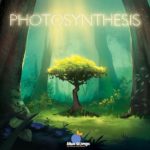
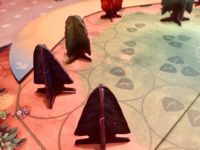

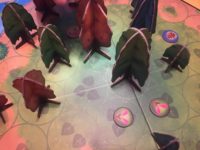
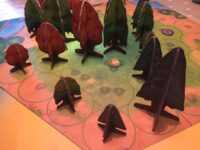


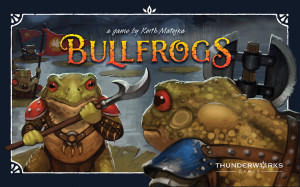
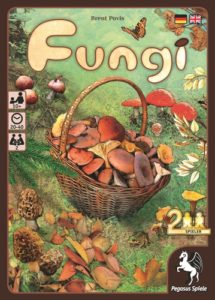
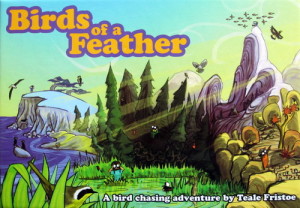
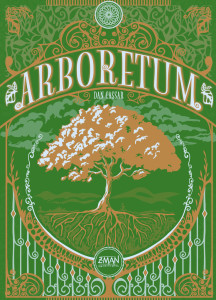
Sam says
A game with clever rules that can be learned quickly... Photosynthesis has a lot going for it. For me personally, it's not a go-to game purely because the lulls in play whilst players consider their best move can mean you're - occasionally - waiting quite a while for your turn, and whatever plan you might make in this time could well be redundant when it finally arrives, due to the ever-changing landscape on the board. On the other hand, that changing landscape is what makes Photosynthesis such an absorbing puzzle, and I do love how interactive it all is. Plus - it looks gorgeous! Probably best with three: with two players the forest is too sparsely populated, and with four the game can get rather long.